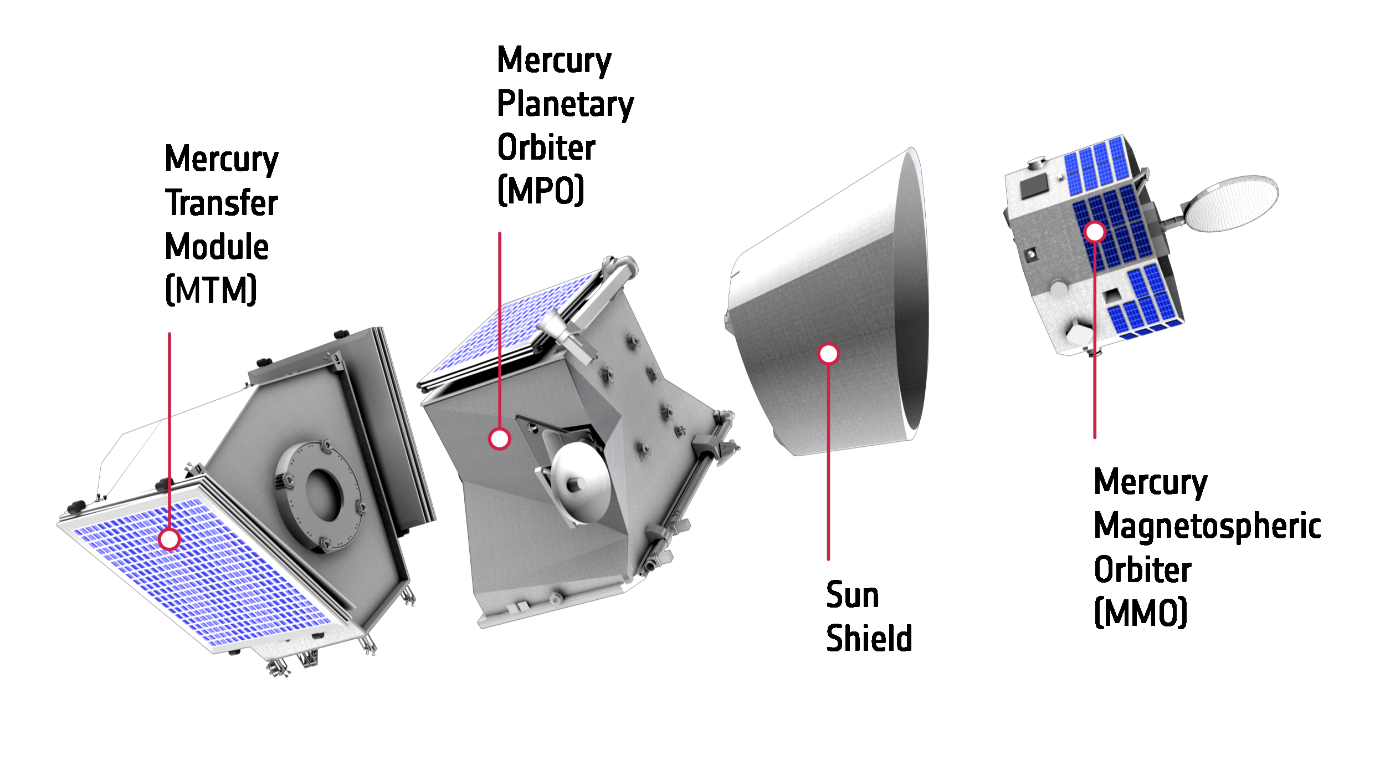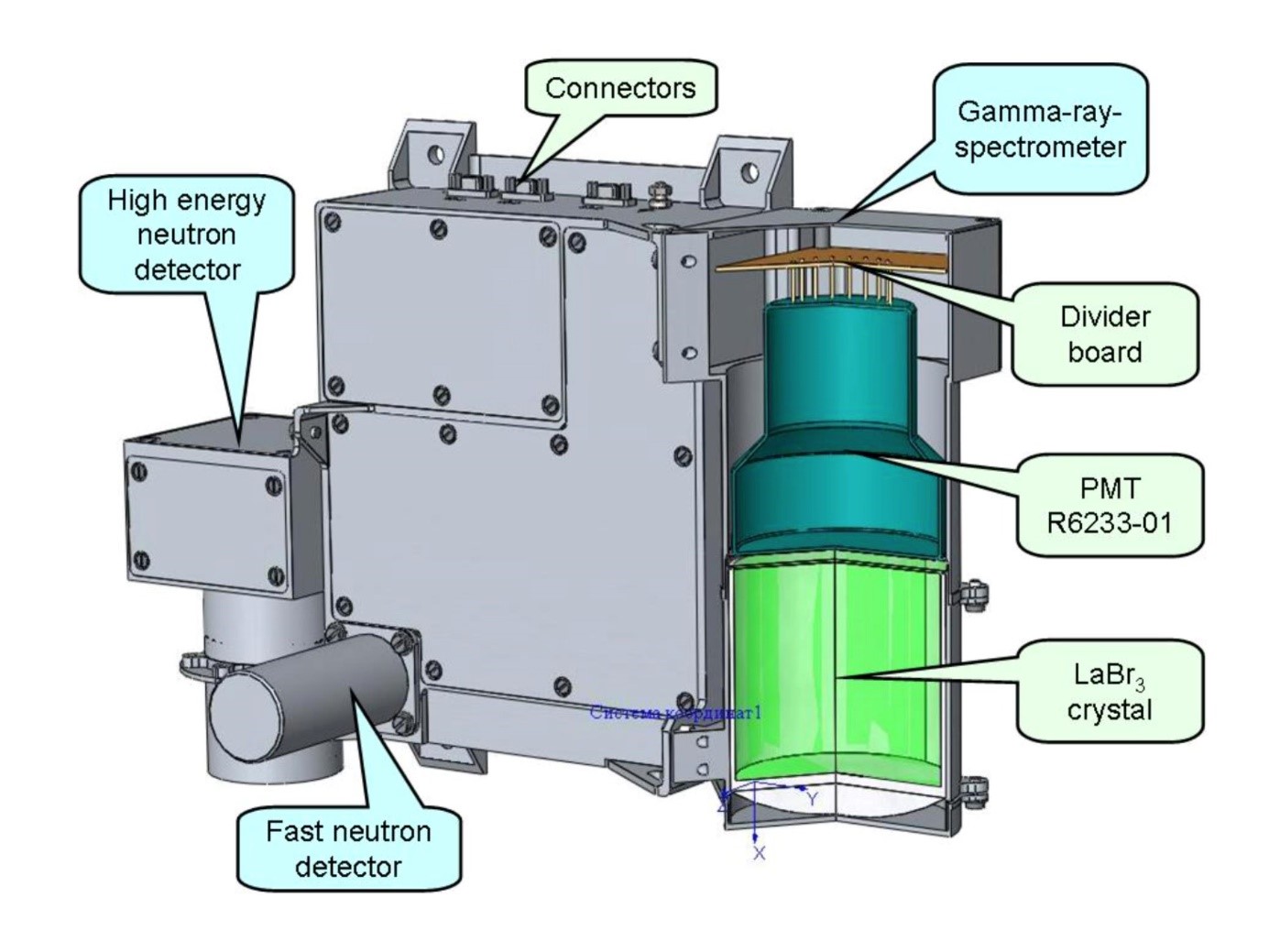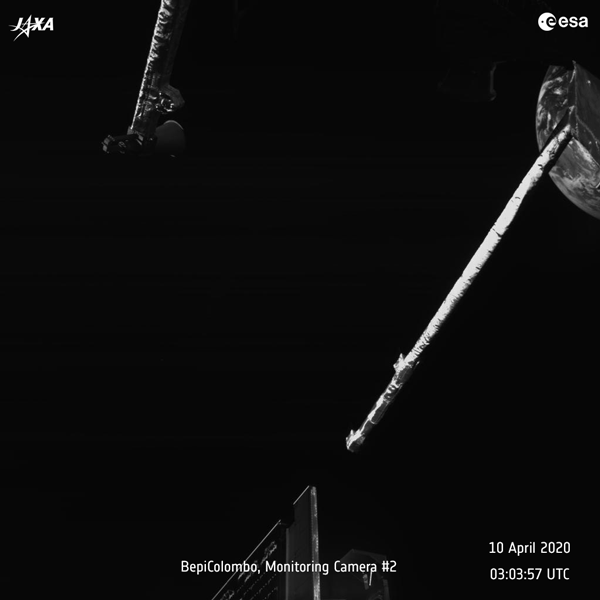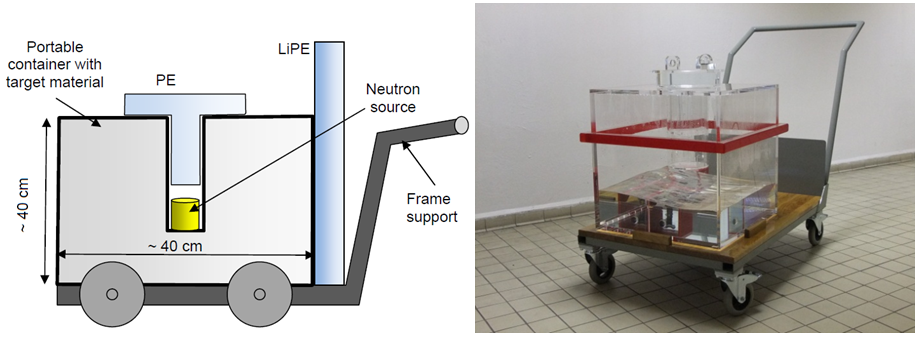Press release BepiColombo
On 10 March 2020 ESA / JAXA BepiColombo (https://sci.esa.int/web/bepicolombo and https://sci.esa.int/web/bepicolombo/-/bepicolombo-takes-last-snaps-of-earth-en-route-to-mercury) took advantage of Earth's gravitational field and sped up its journey towards Mercury, its destination. The BepiColombo consists of three modules: the Mercury Transfer Module (MTM), the Mercury Planetary Orbiter (MPO) engineered in ESA, and the JAXA Mercury Magnetospheric Orbiter (MMO). One of several experimental MPO modules is Mercury Gamma-Ray and Neutron Spectrometer (MGNS) (https://www.cosmos.esa.int/web/bepicolombo/mgns). The main task of MGNS is to determine the elemental composition of the interesting areas of Mercury's surface. The main component of MGNS is Gamma-Ray Spectrometer based on LaBr3 crystal. This spectrometer was tested and calibrated by IEAP CTU in Prague (www.utef.cvut.cz) within the ESA ESTEC project 4000103891/11 / NL / CBi. Portable Calibration Gamma-Ray Station (PCGRS) was developed for this project (http://aladdin.utef.cvut.cz/projekty/portable_g_station/). The PCGRS device is designed to calibrate gamma radiation detectors over a wide energy range. Calibration in a wide energyrange is very important, the characteristic radiation of the elements is distributed in the order of keV to MeV.
 |
| BepiColombo probe and description of its parts. |
 |
| MGNS experimental module with description of Gamma-Ray Spectrometer |
|
|
| PCGRS calibration station |
 |
|
Record of BepiColombo’s Earth flyby. |


